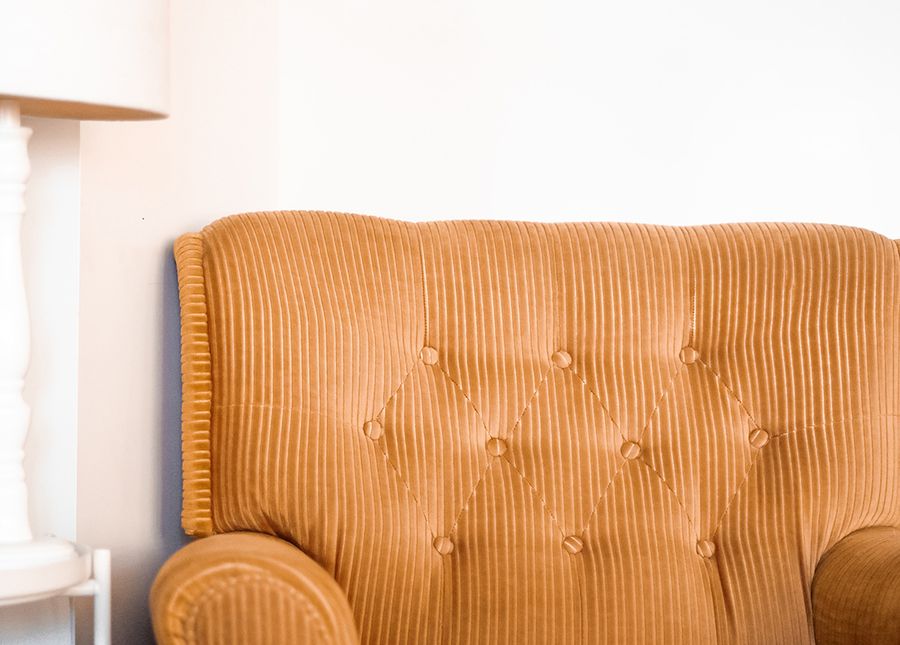What do you want from your retirement years? It’s a big question, and one that’s never too early to start thinking about. Are you looking forward to one long lilo-float in an enormous swimming pool of complete relaxation? An opportunity to pursue a too-long-neglected passion? A flurry of travel and adventure before some delightful years of long lunches and pottering?
Let the fun begin…
Doing the financial sums is a big part of retirement planning – but it’s only a part. Advisors will tell you that there are three different stages to retirement, with different spending patterns.
First, there’s the active stage when you might do that long-awaited African safari or wine tour of the Loire Valley, focus and invest in your hobbies and interests, or embark on some home improvements.
Afterwards, you may settle into a simpler lifestyle, well spent with family and friends, possibly pursuing those long neglected hobbies and further the annoying everyday tasks that get in the way of the lifestyle you have planned.
And finally you might decide on a move to assisted lifestyle or Residential care to really focus on what’s important to you and get some help with the other things.
As you forecast your retirement spending, it gives you an opportunity to think about what you want to do with this gift of leisure, this time you have to enjoy what you really want to do, rather than what you have to do to make ends meet. Now’s the time to pull out that bucket list and get serious. What are your retirement dreams? The finances are important, yes – but only because they give you the power to make those dreams come true. So get planning!
Whatever your dream retirement, the key to achieving it is planning early and putting a financial plan in place to get you where you need to be. Here’s how to start.
The million-dollar question…
‘How much money will I need to retire comfortably?’ There’s no easy answer, but the Association of Superannuation Funds of Australia (ASFA) have stepped up with some hard numbers: they suggest $545,000 if you’re single, $640,000 if you’re a couple. That’s about $60K per year for a couple, for a comfortable lifestyle.
Of course, the big unknown in making these kinds of estimates is life expectancy – sadly, not being privy to the exact details of our own demise, we have to rely on statistics. Which say that life expectancy for women is 88 years and for men 85; but if you’re a couple, there’ a 33% chance that one of you will live to over 94. And – averages being what they are – tons of people live longer than these numbers. What’s that saying about lies and damned lies?
Show me the money
The next question is, of course, where do these funds come from. Now is the time to take the magnifying glass to your income and assets – how is your superannuation looking? What other investments do you have? Do you have assets, such as the family home, that you can free up equity from? Do you have an idea of your aged pension entitlements?
A good, slightly addictive place to start is ASIC’s retirement planning calculator. You plug in the numbers – income, super balance, additional contributions, etc – and see how your annual retirement income will be affected.
Putting the pieces in place
Once you have an idea of the lie of the land, you’ll likely be sufficiently motivated (or concerned) to start making some long-term plans. Getting financial advice as early as possible is the smart move. There’s an array of investment strategies open to you – what are their benefits and drawbacks, their risks and returns?
The answers are different for everyone; plus you’ll need help navigating the complex tax considerations. And, there’s the added element of the side-effects on your pension entitlements. Sounds like hard work, but a bit of that never killed anyone, right?
Start with some self-education at ASIC’s Moneysmart website where you’ll find a comprehensive and trustworthy overview; download their Financial decisions at retirement booklet to study on the train to work. Then, when you’re ready, find a financial advisor you can trust, or take advantage of the Department of Human Services Financial Information Service.
Diversify your investments
Some of the most consistent advice for retirement planners is to spread your investments. Now that you know you have a strong statistical chance of busting through that life expectancy barrier, it's a good idea to invest at least some of your money in assets that typically grow over time, like shares and property. Diversifying also helps mitigate risk of losing everything if one of your investments goes south.
Many retirees-to-be opt to downsize the family home , in order to free up funds and set up a more diversified portfolio by investing in shares, term deposits, managed funds or superannuation. A great idea, since from 2018, if you’re 65 or over and you downsize your home, you’ll be able to make a tax-free super contribution of up to $300,000 from the proceeds.
Downsizing can Save $$$
It might seem obvious, but downsizing is going to save you some serious coin. Sure, there are costs associated with putting your home on the market, but overall you’ll gain a great wad of usable cash that you can start wondering how to splash. Depending on the type of downsizing change you make, you can strike a whole bunch of yucky costs right out of your budget. Think about it – property maintenance just gets more and more onerous as time goes on. There are fences to mend and gardeners to pay, water heaters to fix and the rest of it. Free yourself from the burden of keeping the house habitable.
Please remember that changes to your assets may impact your pension entitlements, so if you’re considering major changes you really need to seek professional financial advice. But, take life by the horns, and get working on the one you have always wanted!




